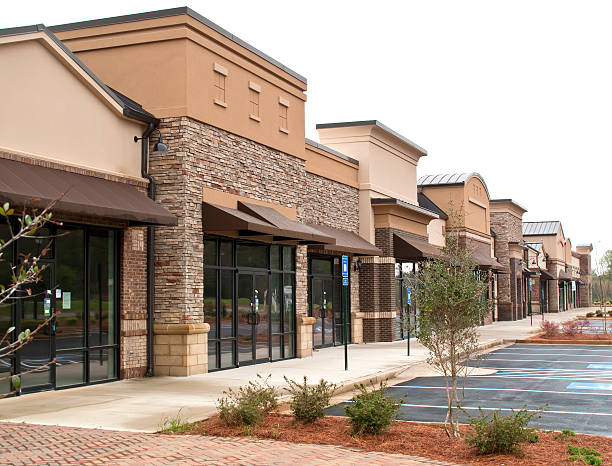
The Winning Pockets of Retail Real Estate

E-commerce has been seen as an existential threat to brick-and-mortar retail ever since it first emerged in the mid-1990s. Within the last decade, the ‘retail apocalypse’ narrative became conventional wisdom: the idea was that e-commerce had destroyed demand for traditional retail real estate and brought on ‘the death of the high street’.
At the aggregate level, this narrative contains some truth. Average same-store NOI growth for all US retail REITs was about 11% between 2015 and 2023, markedly below cumulative inflation for that period. By contrast, over that same period, industrial REITs saw 48% same-store NOI growth, residential REITs saw 40% growth, and office REITs saw 28% growth.
Yet the ‘retail apocalypse’ story also omits important details.
Most notably, it glosses over the considerable variation in performance that one finds within the broad category of retail real estate. A closer examination of the historical data illuminates these differences.
Looking at the growth of demand for industrial and retail real estate in the US between 2013 and 2022, we found that total volume of occupied industrial space expanded by 18%, exceeding the 7% growth for all retail space by 11 percentage points. At the same time, however, the best-performing retail subsector by this measure (strip centres) saw demand growth of 10% during the last decade, while the worst-performing retail subsector (malls) saw demand growth of just 1%, representing a gap of nine percentage points. Accordingly, certain pockets of the retail market have held up well, even if none outperformed industrial.
Vacancy rate trends show even wider disparities. On the one hand, vacancy rates for US malls nearly doubled over the last decade, from 4.8% in 2013 to 9.0% in 2023. Over the same period, vacancy rates for industrial properties roughly halved, from about 8.4% to about 4.7%. Notably, even though strip centres, like malls, belong to the wider retail sector, strip centre vacancy rates have looked more like industrial vacancy rates than mall vacancy rates in recent years, with respect to both trajectory and absolute level. Indeed, except for a brief uptick during the pandemic, vacancy rates for US strip centres have steadily declined since 2013. They now sit below 5%, almost exactly on par with current vacancy rates for industrial properties.
If there is a pattern here, it shows that the retail subsectors that outperformed over the last decade generally did so in one of two ways: either by being resistant to the growth of e-commerce or by positively benefitting from it.
On the one hand, certain forms of consumer spending largely have not, or cannot, move online—for example, haircuts, medical procedures, and restaurant meals. This helps explain the outperformance of strip centres, which typically contain the services-oriented, small-business tenants that consumers have continued to transact with in-person.
On the other hand, e-commerce also created outright tailwinds for some retail subsectors. For example, the growth of online grocery shopping has enhanced the value of many brick-and-mortar grocery stores, since these buildings now effectively double as last-mile distribution centres to fulfil online orders. In other cases, online shopping has complemented in-person shopping, not substituted it. For example, more than a quarter of Starbucks’s orders are now placed online, even though most of these orders then get ‘fulfilled’ in-person at the company’s brick-and-mortar stores.
For real estate investors, the fundamental lesson here is that it is a mistake to overgeneralise. A headwind that afflicts a particular sector at the aggregate level could simultaneously represent a tailwind for some of the segments within that sector. The details matter, and investors should pay attention.
This article first appeared on LinkedIn. To keep updated with our latest announcements follow us on LinkedIn.
